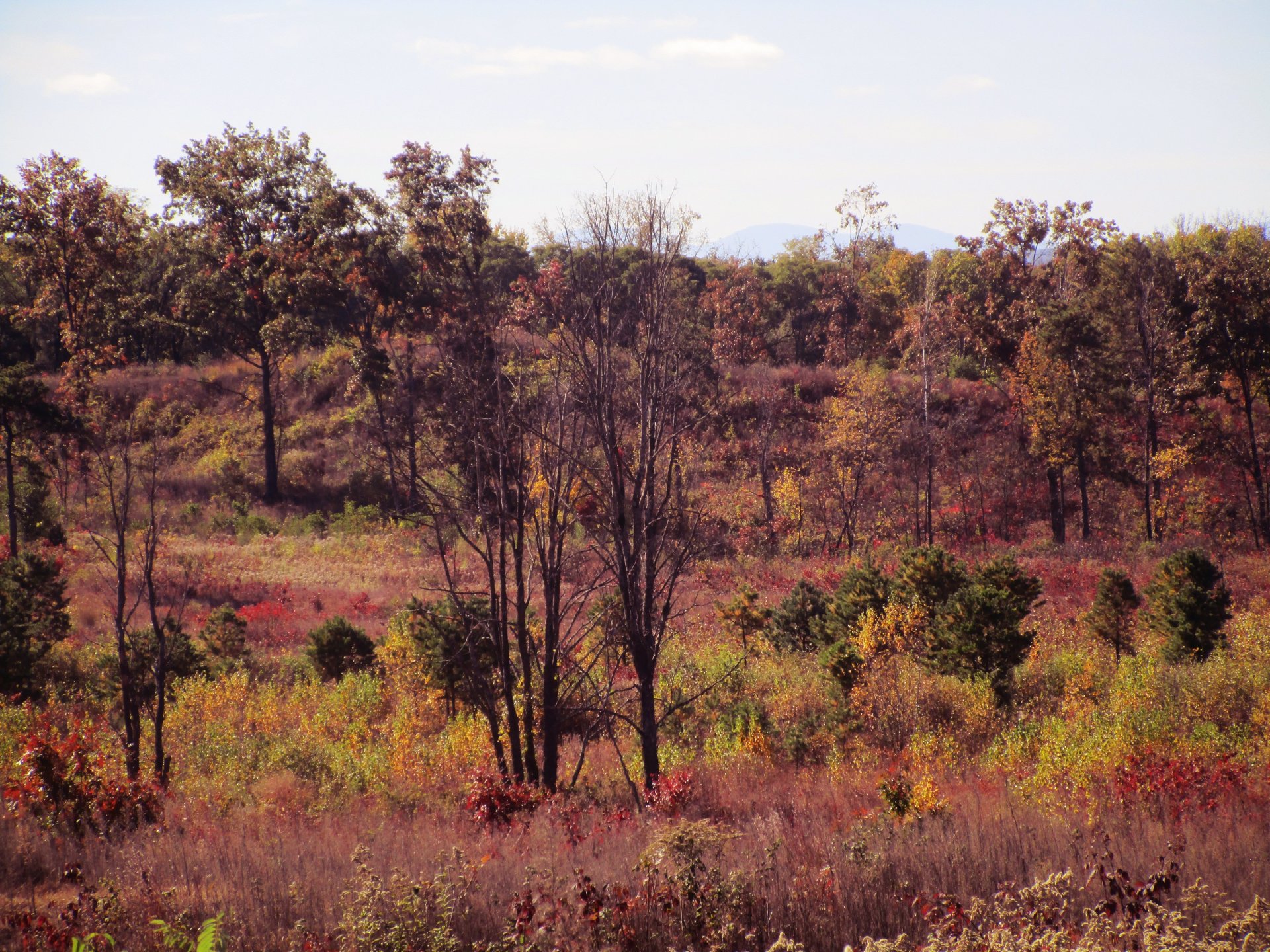The Pine Bush has been identified by the Sierra Club as one of the fifty-two most exceptional places in the United States that must be preserved.
The report says the following:
All across America, communities are working to protect our public lands from threats like oil and gas drilling, unchecked development, irresponsible recreation, logging, and global warming. In order to save what remains of our nation’s wild legacy, the Sierra Club has launched a campaign to protect fifty-two of our most exceptional places–one in every state, plus Puerto Rico and the District of Columbia–over the next ten years. Our new report, America’s Wild Legacy, highlights these fifty-two special lands and our efforts to protect them. From the fragile caribou habitat of Alaska’s Teshekpuk Lake to the wild forests surrounding Oregon’s Mt. Hood, the Sierra Club is working with local communities to protect our last remaining wild lands for future generations. . .
The Pine Bush — Picture a wide open landscape filled with dense shrubs, scattered pitch pines, openings of prairie grass and wildflowers, all rooted in sweeping sand dunes. This is the Pine Bush Preserve. The Pine Bush is known as an inland pine barrens ecosystem. One of the largest of only about 20 other inland pine barrens worldwide, the Pine Bush is globally rare.
The Pine Bush is important because of its outstanding biological significance. Characterized by well-drained sandy soils and open areas, it hosts a variety of rare plant and animal species. For example, its open areas present ideal conditions for wild blue lupine, a beautiful wildflower which is critical to the survival of the federally endangered Karner blue butterfly. The scrub oaks of the Pine Bush are also important in the survival of another rare insect called the Inland barrens buckmoth. Aside from these two insects, the Pine Bush supports many other species of wildlife including the eastern hognose snake and spadefoot toad.
In addition to the Albany Pine Bush Preserve trail system is open to the public for a wide variety of recreational uses including hiking, jogging, cross country skiing, snowshoeing, mountain biking, and more.
Unfortunately, less than 10% of the original Albany Pine Bush ecosystem still survives today. Originally encompassing over 58,800 acres, today there are only 5,800 acres remaining. This remaining area is divided by interstate highways, shopping malls, and industrial parks, and is threatened by further habitat loss. Most recently, the City of Albany has proposed to expand the Rapp Road landfill, which is located adjacent to the preserve. The Sierra Club is working closely with local citizens, as part of the Save the Pine Bush coalition, to permanently protect the Pine Bush preserve. In preserving the Pine Bush, we have the opportunity to protect a rare environment for the unique species it supports as well as for the enjoyment of people for years to come.
